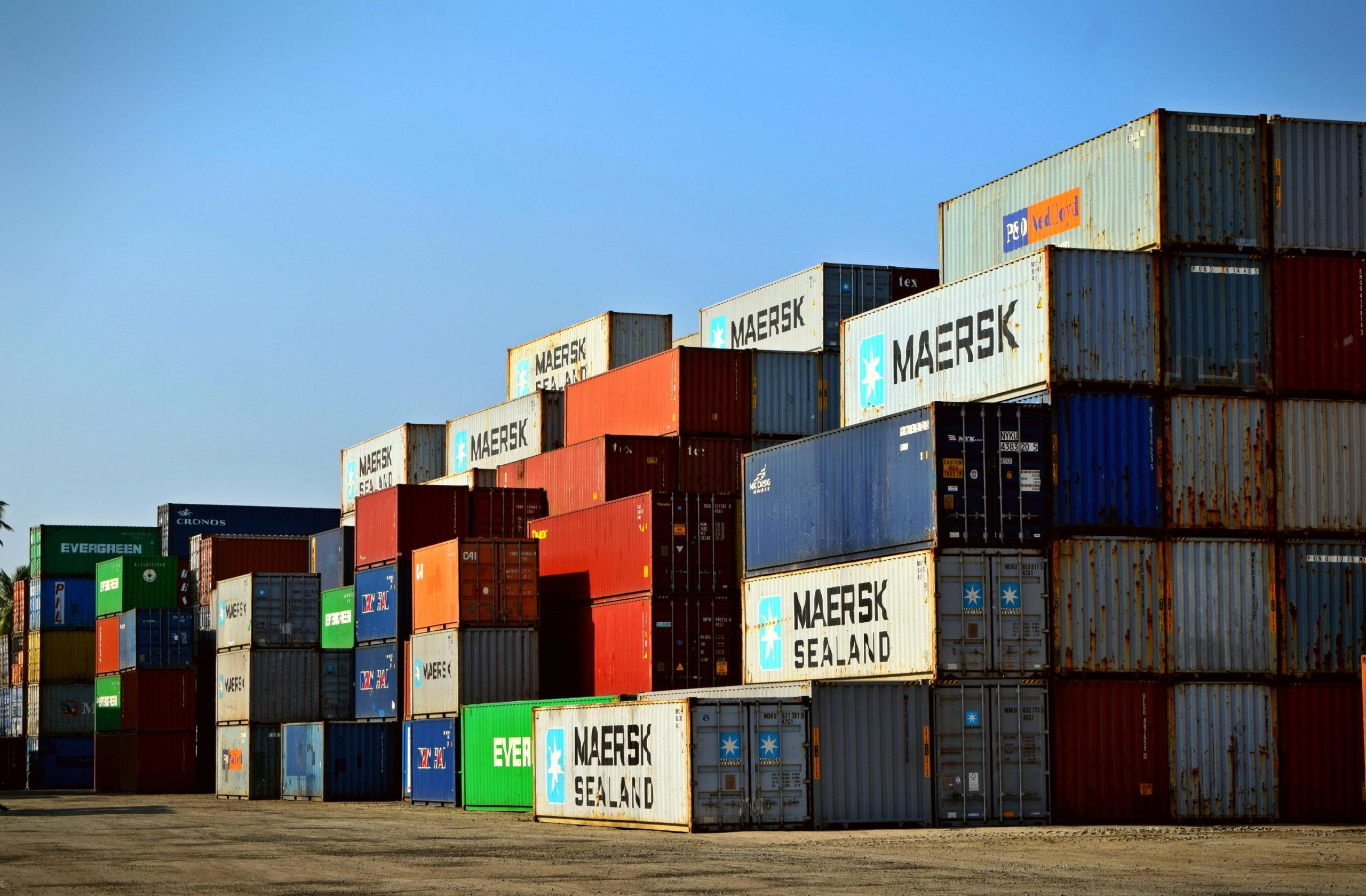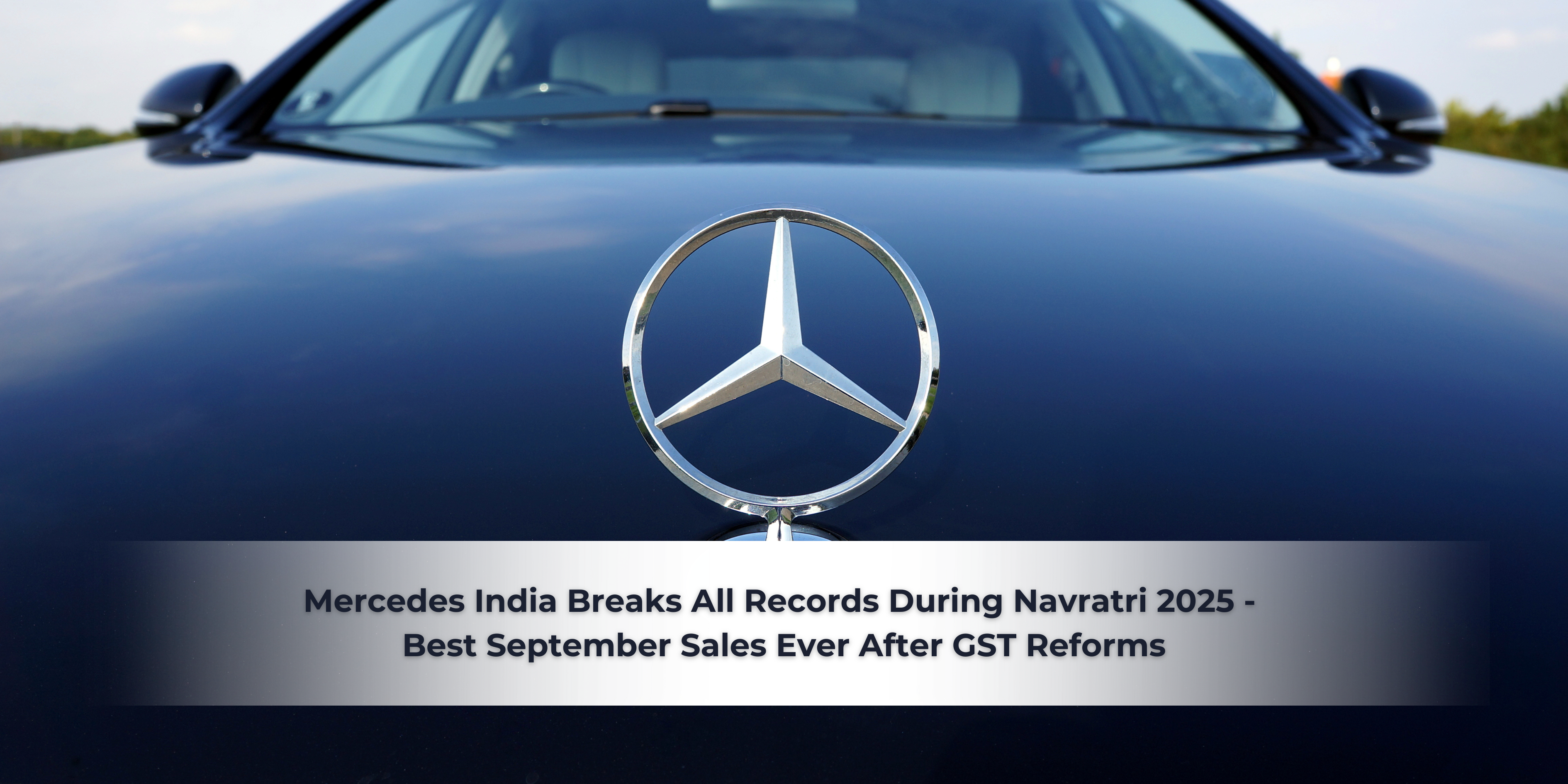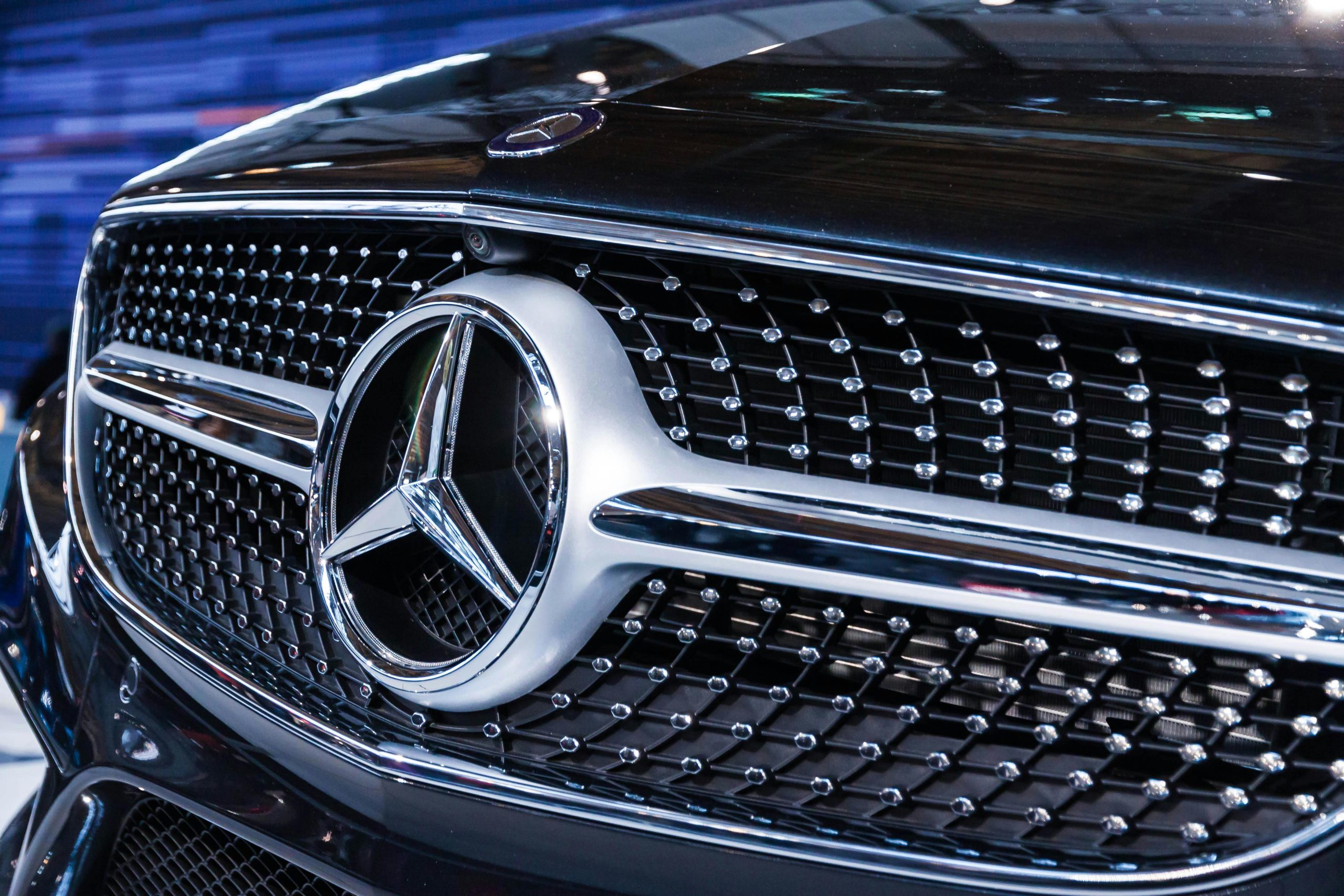In September 2025-coinciding with the Navratri festival-Mercedes-Benz India recorded its highest single-month sales ever, fueled in part by historic GST reforms. The company sold 2,657 units, a year-on-year jump of over 66%. With new tax cuts, attractive pricing, and consumer momentum during festival season, Mercedes captured demand like never before. This milestone underlines how policy shifts and timing can dramatically affect luxury auto sales in India.
A Milestone for Mercedes India
Mercedes reported that in September 2025, it sold 2,657 vehicles, the highest monthly tally in its Indian history. That number also represents a 66% increase over the same month in the previous year. The milestone is particularly notable because September sales routinely lag due to monsoon season and weak demand spikes-but this time, the combination of fresh tax reform and festive timing proved transformative.
Executives credited recent GST rationalization in the auto sector, which lowered import and component levies, for giving brands more pricing flexibility. This allowed Mercedes to pass on savings to buyers during the festival window.
The GST Reforms-What Changed
- Earlier, on fully built-up (CBU) luxury cars, import duties and surcharges cumulatively pushed taxes above 100% in many cases.
- The recent reforms trimmed some of these costs, primarily for luxury and SUV models, making previously marginal imports more viable.
- Mercedes adjusted dealer allocations and pricing structures in response, prepping inventory and marketing incentives just ahead of Navratri.
In short, the government’s adjustment created breathing space for luxury brands to offer sharper deals-or at least avoid steep price hikes-during a critical buying festival.
Why Navratri Tottered in Mercedes’ Favor
Three strategic factors aligned:
- Festive buying cycle: Navratri and the harvest season traditionally stimulate high-end purchases-especially in weddings and new beginnings.
- Pent-up demand: Buyers who had been holding off in anticipation of tax cuts jumped in immediately.
- Dealer readiness: Mercedes had stock, finance support, and marketing campaigns ready to capture the moment.
Together, these factors converted the festival fervor into real vehicle deliveries at an exceptional scale.

Implications for the Luxury Auto Market
- Pricing becomes more competitive: With tax margins improving, luxury auto brands may price more aggressively-eroding some of their “luxury buffer.”
- Model mix shift: Customers might now consider fully imported variants (limited editions, performance models) that were formerly ruled out by steep premiums.
- Sales timing strategy: Brands will increasingly plan around policy windows and festival cycles to unlock demand surges.
- Raised expectations among buyers: Once buyers see what’s possible during a policy-driven discount window, they may delay purchases until similar opportunities return.
What Mercedes India Must Do Next
- Maintain inventory flow so that post-Navratri momentum does not stall.
- Strengthen after-sales support to manage the influx of new owners.
- Expand luxury electric/SUV portfolios sufficiently so the benefit of tax reforms touches premium segments too.
- Continue transparent communication about how much of tax savings are passed to buyers, to preserve trust.
Final Thoughts
Mercedes-Benz India’s record September 2025 is an inflection point. The combination of policy change + festival timing + brand readiness allowed it to rewrite its sales history in one month. If other automakers and luxury brands replicate this playbook, India’s high-end auto market could see higher volatility-but also greater accessibility and dynamism for buyers.
Stay with Motozite for ongoing coverage-tracking how these reforms affect pricing, launches, and luxury car demand across India.


